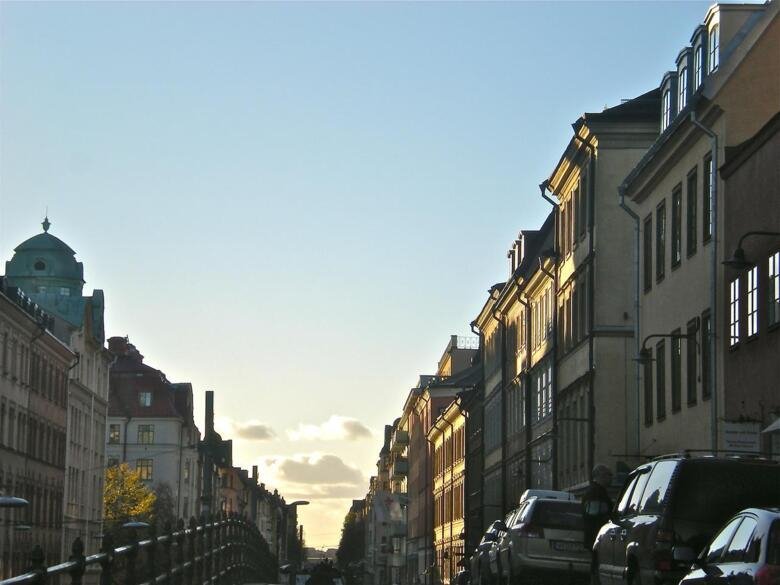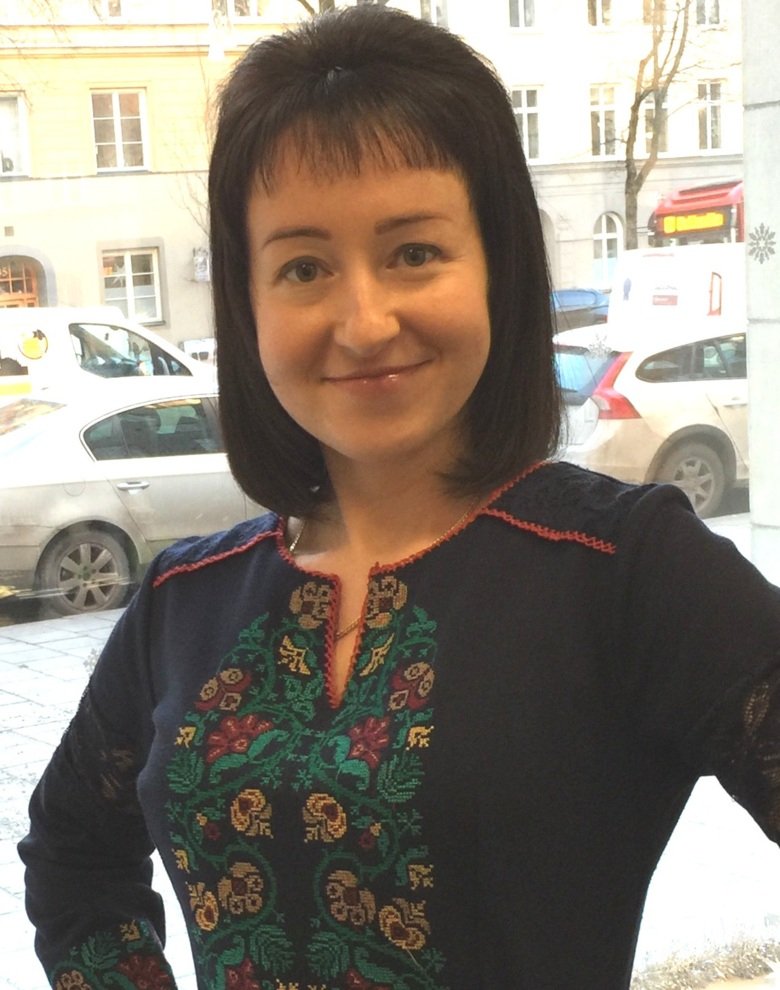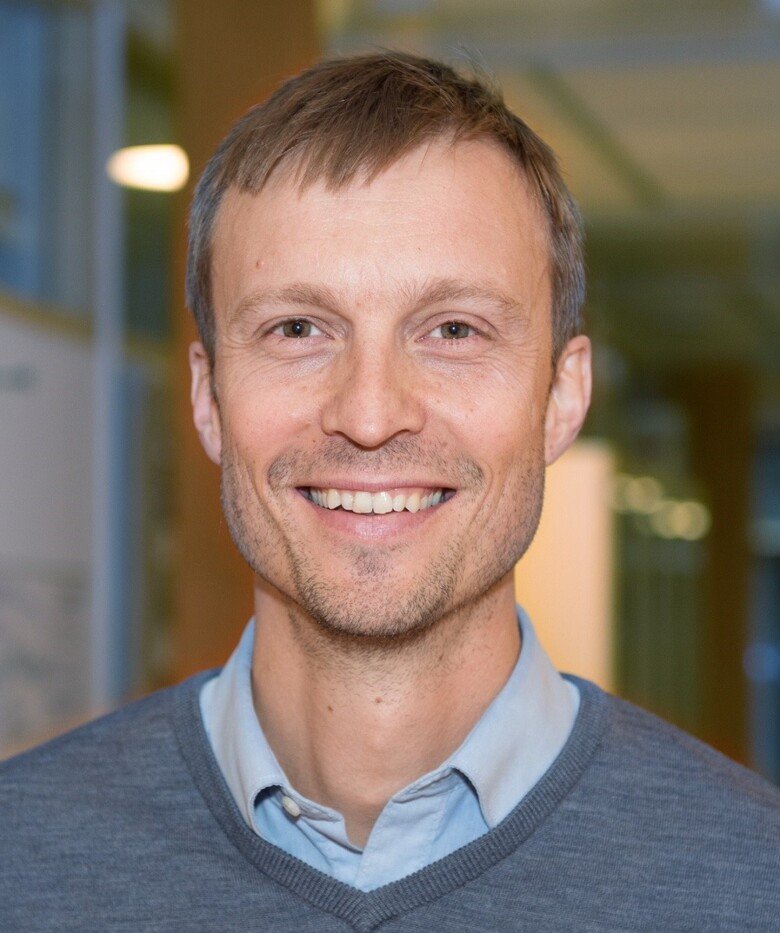Air pollution linked to higher risk of COVID-19 in young adults

Residential exposure to ambient air pollutants is linked to an elevated risk of SARS-CoV-2 infection, an observational study of young adults in Stockholm, Sweden shows. The study was conducted by researchers from Karolinska Institutet and is published in JAMA Network Open.
Since pollutants in outdoor air can increase the risk of respiratory infections such as influenza and SARS, the COVID-19 pandemic aroused fears that they could also contribute to the risk of SARS-CoV-2 infection. Studies have also shown that areas of poor air quality have more cases of COVID-19.
Researchers at Karolinska Institutet have now studied this more closely by examining the link between estimated exposure to air pollutants at home addresses and positive PCR tests for SARS-CoV-2 in young adults in Stockholm, Sweden.
Greater likelihood of testing positive
The results show that exposure to certain traffic-related air pollutants is associated with a greater likelihood of testing positive.

“Our results add to the growing body of evidence that air pollution has a part to play in COVID-19 and support the potential benefit of improving air quality,” says Olena Gruzieva, associate professor at the Institute of Environmental Medicine at Karolinska Institutet and one of the study’s last authors.
The study draws on the population-based BAMSE project, which has regularly followed over 4,000 participants in Stockholm from birth. By linking these data to the national communicable disease registry (SmiNet), the researchers identified 425 individuals who had tested positive for SARS-CoV-2 (PCR test) between May 2020 and the end of March 2021. The average age of the participants was 26, and 54 per cent were women.
Traffic-related air pollutants
Daily outdoor concentrations of different air pollutants at the participants’ home addresses were estimated using dispersion models. The pollutants were particles with a diameter less than 10 micrometers (PM10) and 2.5 micrometers (PM2.5), black carbon and nitrogen oxides.
The researchers studied the associations between infection and exposure to air pollutants in the days before the positive PCR test, on the day of the test and on later control days. Each participant served as his or her own control on these different occasions.
The results show associations between infection risk and exposure to PM10 and PM2.5 two days before a positive test and exposure to black carbon one day before. They found no link between the risk of infection and nitrogen oxides.
The increase in risk was of an order of magnitude around seven per cent per particle exposure increase equivalent to the interquartile range, i.e. between the first quartile (25%) and the third quartile (75%) of the estimated particle concentrations.
Significance to public health

“Seven per cent doesn’t sound much, but given that everyone is more or less exposed to air pollutants, the association may be of great significance to public health,” says Erik Melén, professor of paediatrics at the Department of Clinical Science and Education, Södersjukhuset, Karolinska Institutet, BAMSE project leader and the study’s joint last author.
The observed association was not influenced by gender, smoking, overweight or asthma.
The researchers note that the results might be affected by the willingness to take a PCR test and the fact that many of the young adults were asymptomatic or had only mild symptoms following infection. The study can also not rule out the possibility that time-varying confounding factors also influenced the results.
The researchers are now examining the link between air pollutants and post-COVID symptoms in young adults.
The first author of the paper is Zhebin Yu, postdoctoral researcher in Olena Gruzieva’s group. The study was carried out in collaboration with SLB-analys, Stockholm South General Hospital (Södersjukhuset), Centrum för Arbets- och Miljömedicin at Region Stockholm and Karolinska University Hospital.
The research was financed by Forte, the Swedish Research Council, the Swedish Heart-Lung Foundation and Region Stockholm. The authors have reported no conflicts of interest.
Publication
”Short-term air pollution exposure and SARS-CoV-2 infection among young adults in Sweden”, Zhebin Yu, Tom Bellander, Anna Bergström, Joakim Dillner, Kristina Eneroth, Magnuz Engardt, Antonios Georgelis, Inger Kull, Petter Ljungman, Göran Pershagen, Massimo Stafoggia, Erik Melén, Olena Gruzieva och BAMSE covid-19-studien, JAMA Network Open, online 20 April 2022, doi: 10.1001/jamanetworkopen.2022.8109.
